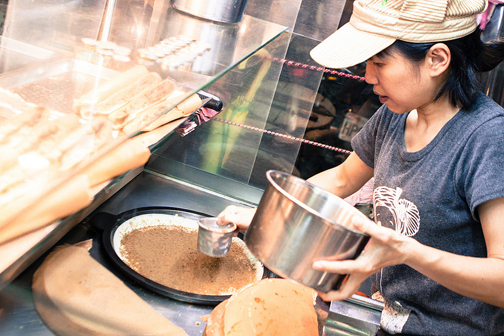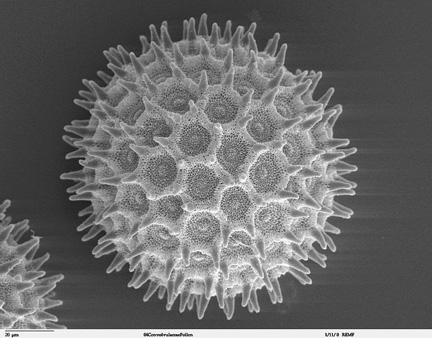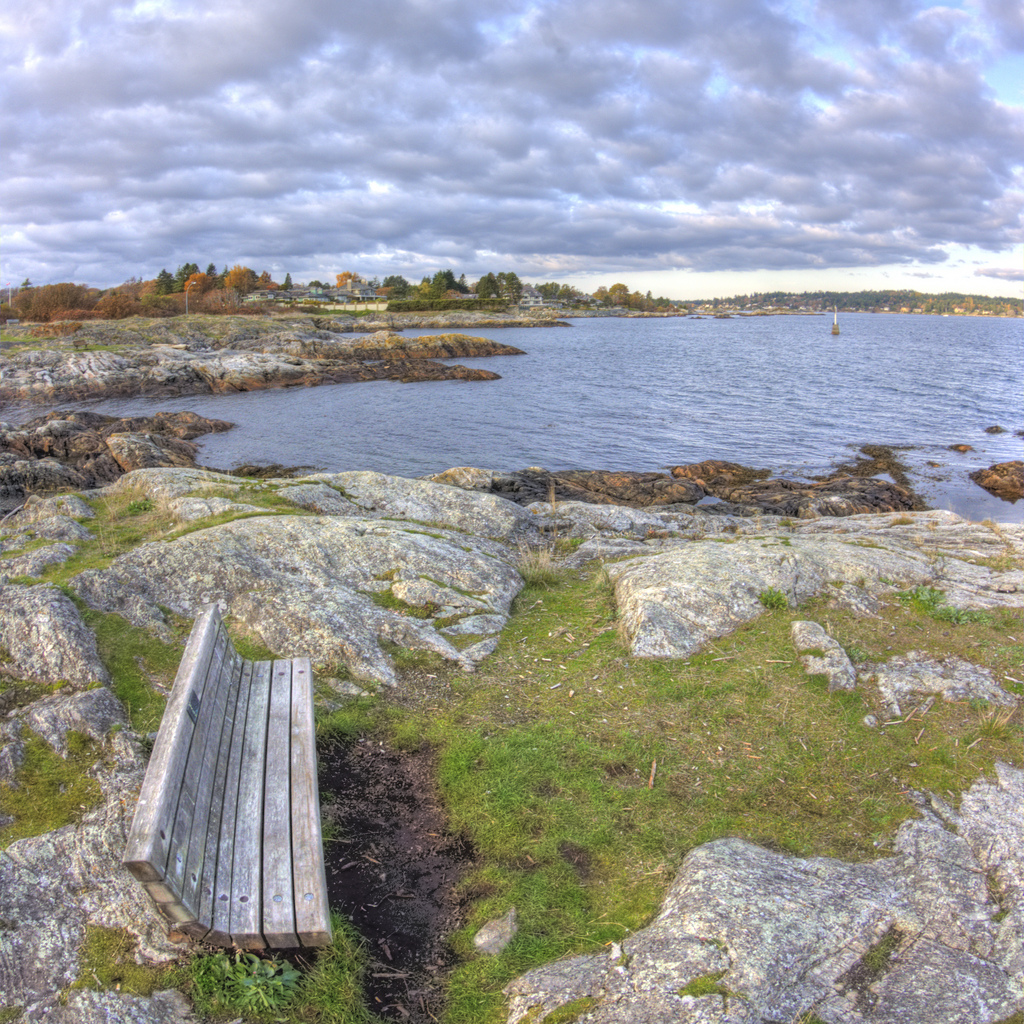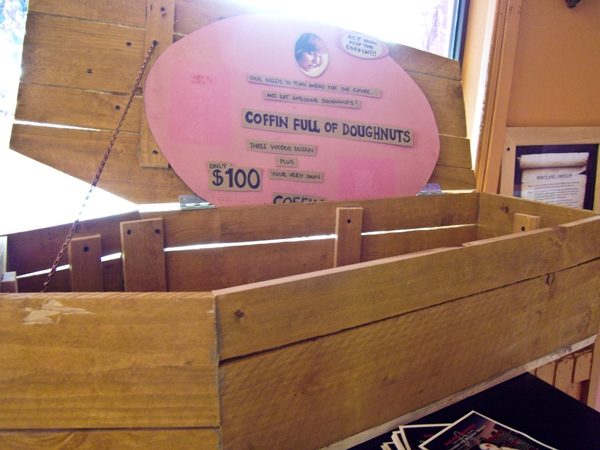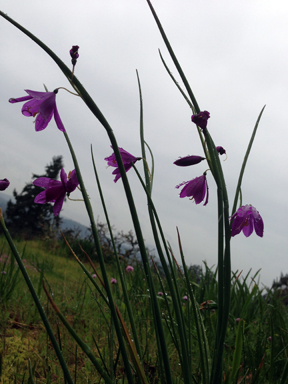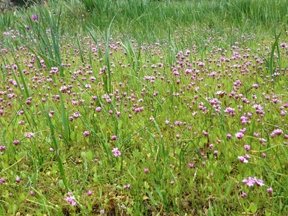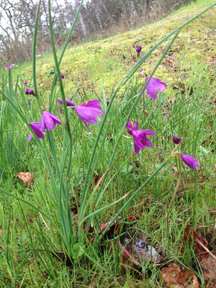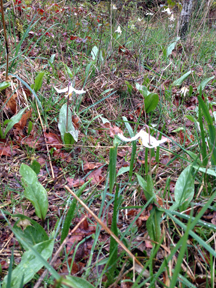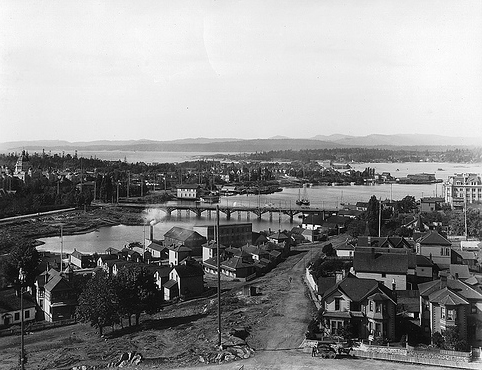
Victoria from cathedral tower, 1897, before the mudflats where the Empress now stands were filled in and the causeway built. Victoria was home to a thriving opium-processing industry at this time, yielding substantial revenues for the federal government in Ottawa.
Four former mayors of Vancouver, three former attorneys-general, and municipal councils. All have gone on record supporting the decriminalization, regulation and taxation of marijuana in British Columbia. And now Federal Liberal Party leader Justin Trudeau has pushed debate on the issue one step further, stating the drug should be legalized.
And thanks to all these letters and statements, residents of Greater Victoria get to watch history repeating itself. We have front-row seats in this latest development in our region’s long historical association with officially sanctioned production and trade in drugs.
For almost 50 years, beginning in the 1860s, Victoria reigned as the opium capital of the New World. Fifteen Chinese-owned refineries operated between Herald and Johnson streets in the late-1880s, and employed dozens of workers. In one year alone, they refined about 41,000 kg of opium. Okay, nowhere near the magnitude of output of B.C. Bud today, but significant for the time. …


